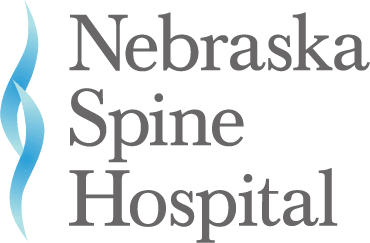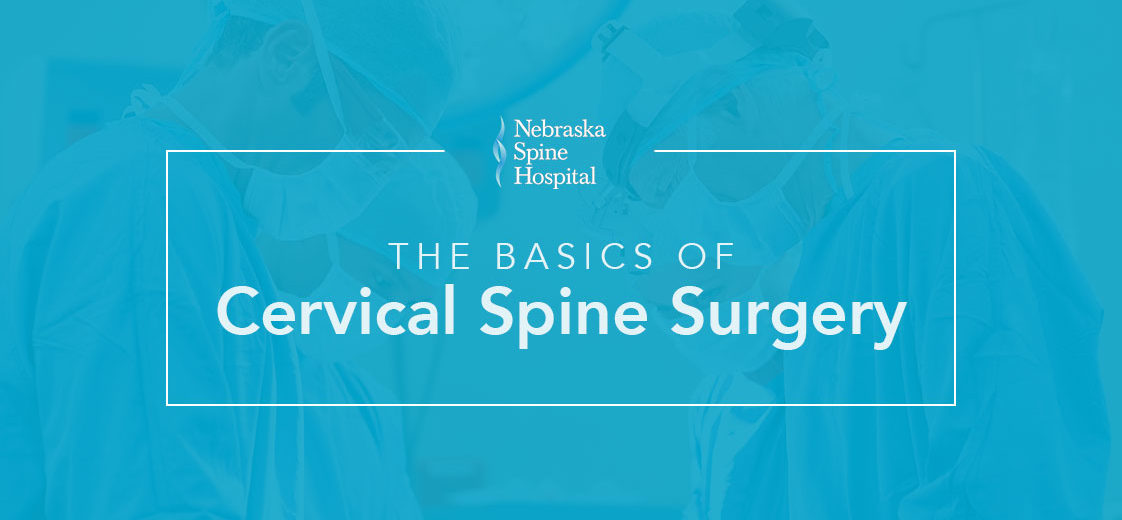Cervical spine surgery is most often performed to treat spinal instability and/or spinal cord impingement and is reserved for patients whose symptoms are beyond treatment by physical therapy and medication.
The cervical spine is comprised of the seven vertebrae in your neck and their accompanying discs. The spinal discs provide cushion between the vertebrae, allow the neck to move freely, and absorb shock during activity.
Cervical Spine Surgery
There are two methods in which doctors can approach the cervical spine, anterior and posterior. The anterior approach is when doctors operate on the cervical spine from the front and is most often the preferred approach as it is easier to maintain the alignment of the spine when performing surgery this way.
A cervical spinal instrument may be inserted or used during surgery. These instruments can include anterior cervical plates, posterior cervical plates, posterior cervical wiring, anterior cervical interbody cages, and post-operative cervical braces. These plates and braces are used to ensure the stability of the spine after removing a disc.
Risks
As with all surgeries, there are risks associated with a cervical spine surgery. These risks include possible damage to the esophagus, spinal cord and nerve roots, and/or infections. While these complications aren’t very common, the likelihood of them occurring depends on the patient.
For instance, if a patient has diabetes or is a heavy smoker, they are more at risk for complications. All patients are encouraged to speak with their doctor about possible risks and complications prior to having the surgery.
Recovery
Most patients can return home the same day as their surgery, though some are advised to stay overnight. Most often, patients are prescribed physical therapy, a neck brace, and certain medications to help with the pain and healing process.
It is common to only be able to consume liquids for the first few days following surgery and gradually make the switch to solid foods. As for the recovery period, many patients recover within 4-6 weeks, though others may take up to 18 months for a full recovery.
To schedule an appointment with one of our board-certified surgeons at Nebraska Spine Hospital, please visit the Find a Doctor page on our website.

